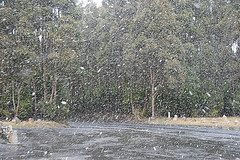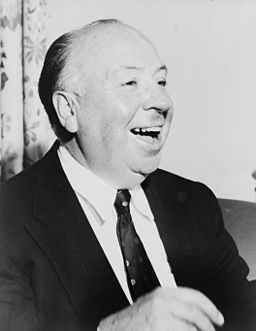Last Car Over the Sagamore Bridge
Last Car Over the Sagamore Bridge
Peter Orner
Little, Brown and Co., August 2013
208 pages
$25.00
This review was contributed by John Francisconi.
The staff of The Paris Review recently took part in an AMA interview on Reddit, during which they were asked a question about flash fiction’s growing popularity. Here’s how they responded:
“Hate it.” —Clare [Fentress]
“Define ‘flash,’ define ‘growing,’ define ‘popularity.'” —Lorin [Stein]
“Love it.” —Justin [Alvarez]
Stein’s noncommittal commands nicely balance out the polarizing reactions that his staff members, and many readers, have to flash fiction. Yet despite the apparent ambivalence, The Paris Review published two very short stories by Peter Orner that appear in his latest collection, Last Car Over the Sagamore Bridge.
In Last Car, Orner seems less concerned about defining “flash” than with defining “story.” His work suggests that the mere act of even fractionally recalling gestures, names, or places, can be objectified, through a careful deployment of language, into illuminating stories.
It’s sometimes easy to forget that “objectification” is not in every sense an unpleasant, de-humanizing process. William Gass stated in a recent interview, “[Art] represents, I think, human consciousness at its finest objectified.” Orner’s writing transmits the interiority of remembered experience into compressed story packages, in which meditative thought frequently collides with felicities of colloquial phrasing. (“You. Little fella. You’re as old as Methuselah and still you don’t know squat about squat?”).
Orner has an anti-ornamental style that elevates and celebrates the joys of plainspoken talk. One character interrogates the expression “heart of hearts,” while elsewhere in the collection phrases like “manpower down the manhole,” and “Sayanora, turkeyboy,” save the ordinary from seeming banal by having a quality of freshness and fineness of detail.
In a paragraph from one story, Orner describes a group of teenage boys as a “motley collection of skinny bodies.” A girl notices “something so skittery about them […] with their sagging mouths.” In another, Orner writes: “By October there is supposed to be calm. By October – not this October, another one – she promised herself she’d be gone.”
Orner’s work as a documentarian (co-authoring books about Zimbabwe and undocumented American workers) seems to have helped him develop his skills as a writer of a kind of oral historical fiction. His narrative voice objectifies the big significance of small moments and interactions that almost always seem to have a nonfictional basis: a toehold in the real, in history.
One character wonders if the brightness of her room is what triggers her memory: “Isn’t it the sun leaking through the window again?” There are other references to luminosity throughout Last Car, too—in one story, a “strange, breathable light, this life-blood light”—and these moments remind the reader of one meaning of “flash” that applies to how Orner’s fiction operates: sudden exposure to the previously-unseen.


